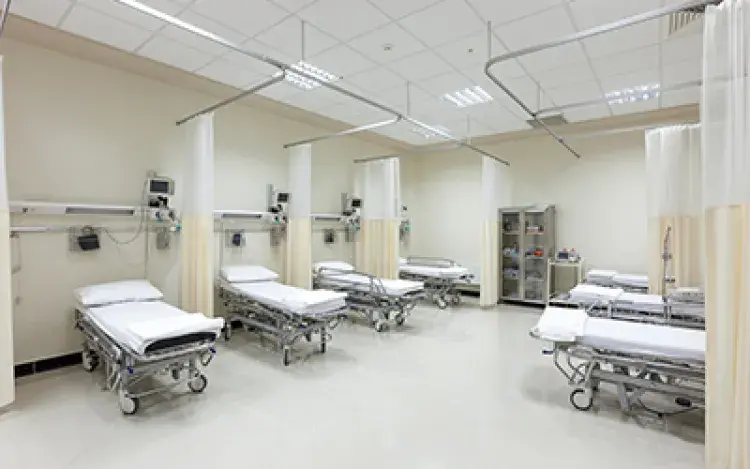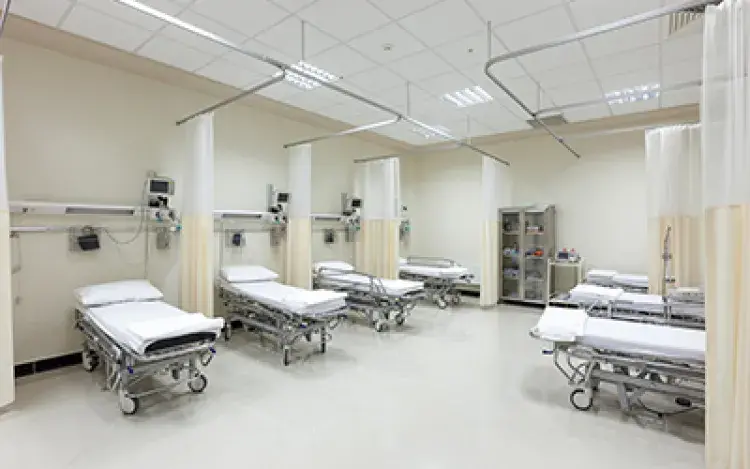
Improving ED Patient Throughput for Sustainable Outcomes
Case Study

The Challenge
An 80,000+ annual volume Emergency Department with 45 total beds was experiencing significant challenges in meeting its target performance metrics.
Though the ED had a dedicated 8 bed Pediatric area, it struggled to handle high volume surges in the late evening. The ED also experienced a high volume of critical and trauma patients as well as a high patient acuity mix with a 30% admission rate. Observations and discussions with the staff revealed high variability in all front-end processes. In addition, there were admission issues with the hospitalist group, specifically with assigning beds in a timely manner.
The Solution
US Acute Care Solutions conducted a comprehensive data analysis and also developed a discrete event simulation model to uncover optimal solutions addressing their specific challenges.
Results from the simulation outputs and analysis revealed several key findings, including:
- Admit holds were a major issue with 30% admission rate
- Closing of beds and/or holding beds
- Multiple steps in the front-end triage process as well as inconsistent practice between shifts
- Patients often returned to the waiting room between each front-end process
- Patient movement batched from triage to back
- Process inconsistency due to staff assignment changes every 4 hours
- Silos within department
- Team collaboration lacked prioritization discharges and moving patients to decompress the waiting room
Figure 1: Simulation Model Visual Graphic of ED
USACS proposed the following optimal solutions based on the analyses and simulation outputs. To address the variability in the front-end process, the front end was redesigned by combining the physician in triage process with the existing low acuity treatment areas. Secondly, the Pediatric area was expanded during surge times to mitigate capacity issues.
Thirdly, USACS worked hand-in-hand with staff to enhance their current bed placement with direct bedding strategies when beds were available in the back. This initiative involved educating ED staff on appropriate ESI acuity assignments, providing strategies for patient surge flow, and breaking down silos of each treatment area. Finally, a multidisciplinary committee was established within the hospital to more effectively address admission issues.
USACS demonstrated the potential impact of these optimal solutions within the simulation model environment (see Figure 2 below). In addition, the team also “stress-tested” these recommendations with volume surges—producing positive results.
Figure 2: Simulation of Outcomes of Optimal Solutions
The Results
48 MINUTE REDUCTION IN PATIENT LENGTH OF STAY
Using analytics and discrete-event simulation modeling techniques, USACS was able to not only highlight the key issues affecting the ED’s patient throughput, but also demonstrate the impact of alternate system designs before the hospital invests the time and resources necessary to make changes in a highly complex environment. Ultimately, USACS was able to facilitate successful and sustainable transformation for this ED (see Figure 3 below).
Figure 3: Results of Implementation
NEW PARTNERSHIPS
NEW OPPORTUNITIES
If you’d like to explore all USACS can offer your facility and join our nationwide network of partners, contact us today.
